It is too cold to go outside so we draw from photographs and pictures in two minute bursts. The teacher explains how paintings done from the reality reflect the curve of our vision because what we see is at a distance from our eyes and so curves around our eyes as centre; photographs are flat, and ‘you can tell’. I must look to see if I can tell.
Now I understand that in this kind and gentle group it is not that everyone is negative but that I heard the one voice that is. This particular woman uses the word ‘terrified’ about herself when confronted with a picture to draw. Her fear comes out as negativity. Other times the fear comes out as ‘should have’ – look at the others, I should have done it like that. And I suppose one of the things we learn as our own art develops is that there is less ‘should’ here than in most other aspects of life. The glorious freedom to see what happens. I wish that for the terrified woman.
Despite the ‘glorious freedom’, when I try to draw, in 2 minutes, from a photo of trees alongside a stream, I get frustrated; it feels so dead, so nothing. It is nothing – I have not been to this place, heard the stream or the wind in the branches, watched the colours change in the stream.
I have more success with an old black and white photo of snow around a pond. There are so many ponds in this area – perhaps the geology encourages ponds to form? Quick sketch – 5 minutes seems so long after 2 minutes. Sometimes the quick sketch says more than a detailed lengthy drawing because there is no extended thinking, just capturing on the page what captures the attention.
When the teacher demonstrates building one sketch on top of another, she is having a drawing conversation with the page and the pencil. Interaction.
Saturday, 29 March 2008
Subscribe to:
Post Comments (Atom)
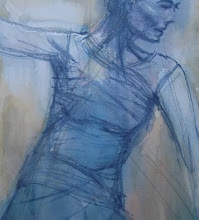

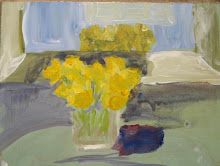

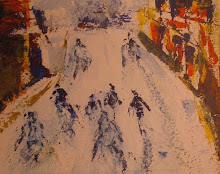
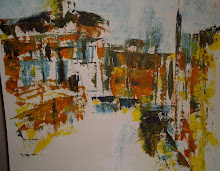
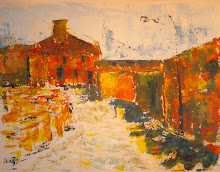






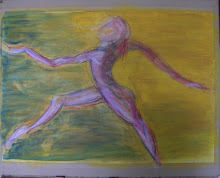
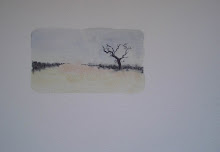
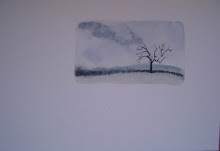





No comments:
Post a Comment